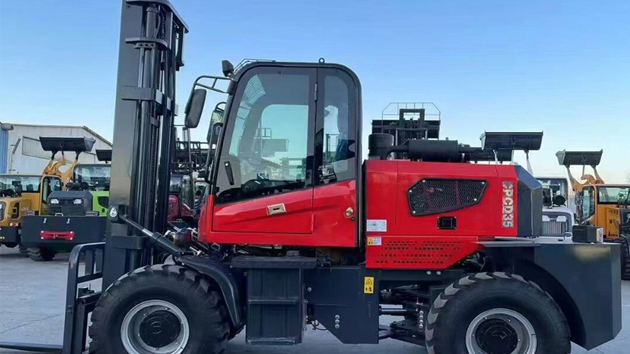The Evolution of Loader Buckets: Optimizing for Diverse Material Handling
2025-07-02 03:20:30
loader buckets have evolved significantly to accommodate the demands of various materials, from loose aggregates to heavy ores. This report explores the design innovations, material choices, and performance metrics that define modern loader buckets, ensuring efficiency across industries like mining, construction, and agriculture.
Content The efficiency of material handling operations heavily depends on the design and functionality of loader buckets. Whether dealing with loose soil, dense rock, or abrasive industrial waste, selecting the right loader bucket can drastically impact productivity and equipment longevity.
For loose materials such as sand or gravel, lightweight yet durable loader buckets with reinforced edges are preferred. These buckets often feature high-strength steel alloys to resist wear while maintaining a shallow profile for easy scooping. Studies indicate that optimized bucket geometry can reduce spillage by up to 15%, enhancing operational efficiency.
In contrast, loader buckets designed for heavy-duty applications, such as mining or quarrying, incorporate thicker plating and specialized teeth configurations. Tungsten carbide tips are commonly used to extend the lifespan of buckets handling abrasive materials like granite or iron ore. Industry data shows that such enhancements can reduce replacement costs by 30% over a five-year period.
Another critical consideration is the bucket’s capacity-to-weight ratio. For agricultural applications, loader buckets must balance volume with maneuverability to handle materials like grain or silage without overloading the equipment. Recent advancements in composite materials have enabled manufacturers to produce lighter yet sturdier buckets, improving fuel efficiency by up to 12%.
Automation is also reshaping loader bucket technology. Smart buckets equipped with load sensors and real-time monitoring systems are becoming standard in high-performance environments. These innovations ensure optimal material distribution, minimizing strain on hydraulic systems and reducing maintenance downtime.
In conclusion, the selection of loader buckets for different materials requires a deep understanding of operational demands and material properties. From reinforced steel for mining to lightweight composites for agriculture, the right bucket can significantly enhance productivity while lowering long-term costs. As technology advances, loader buckets will continue to evolve, offering even greater precision and durability for diverse industrial applications.












